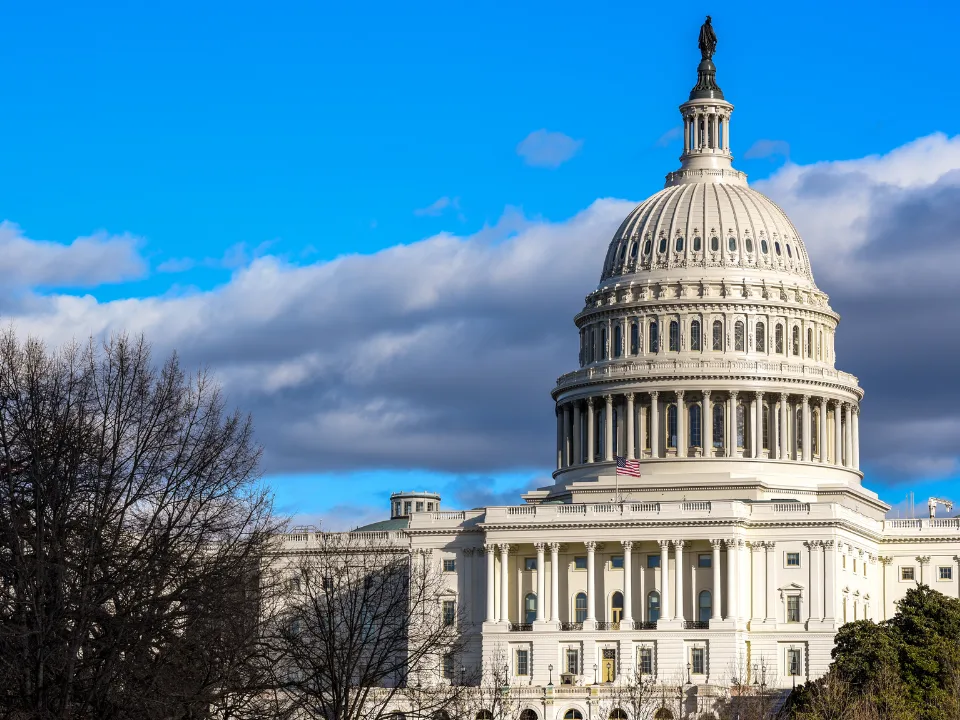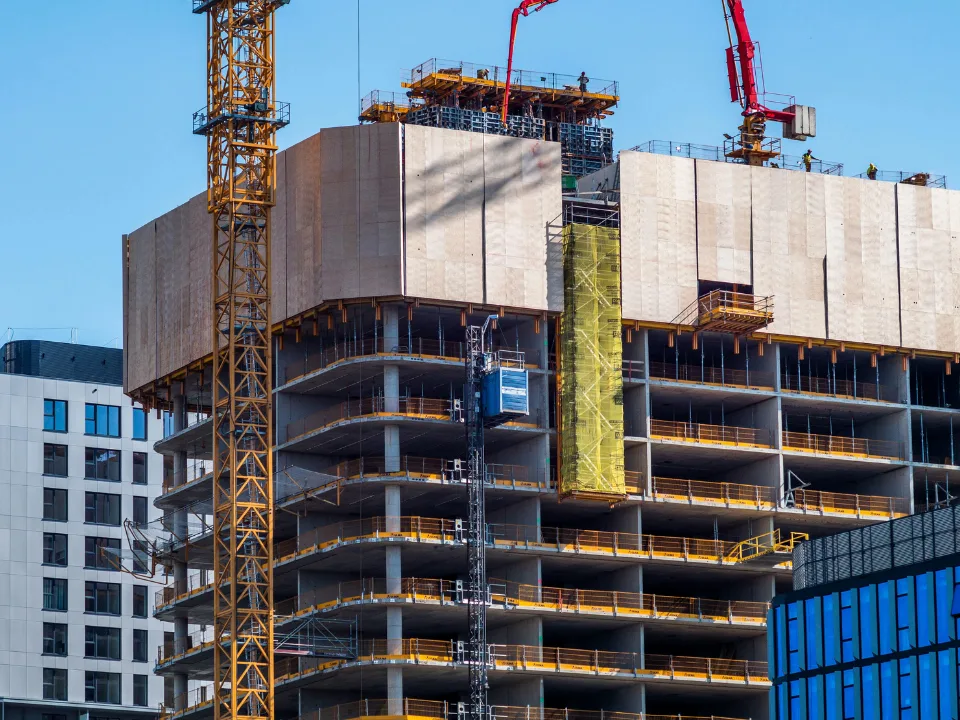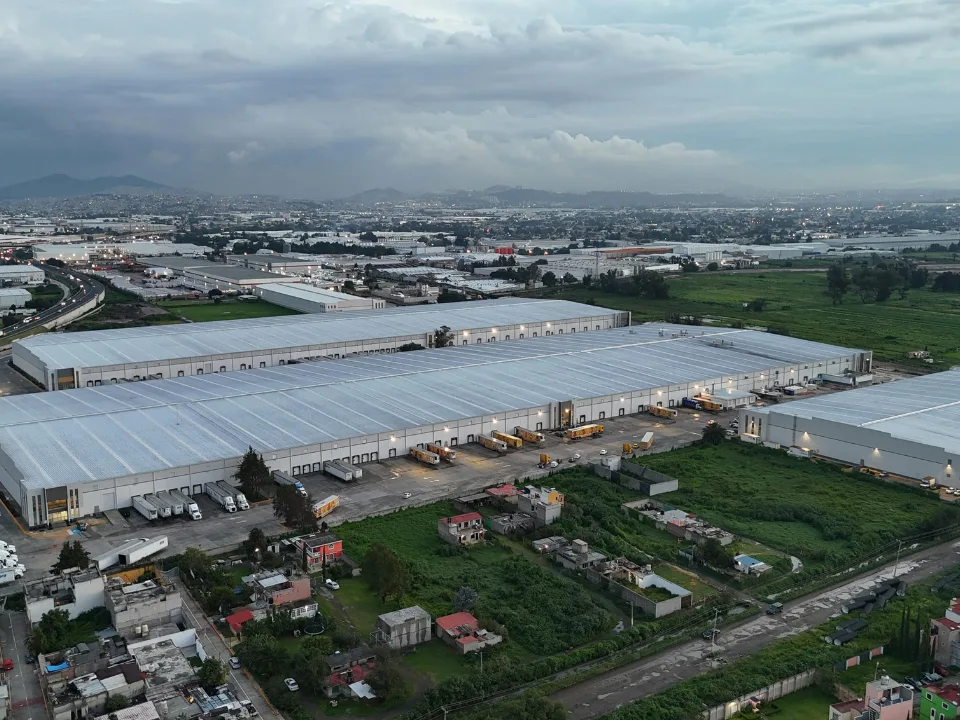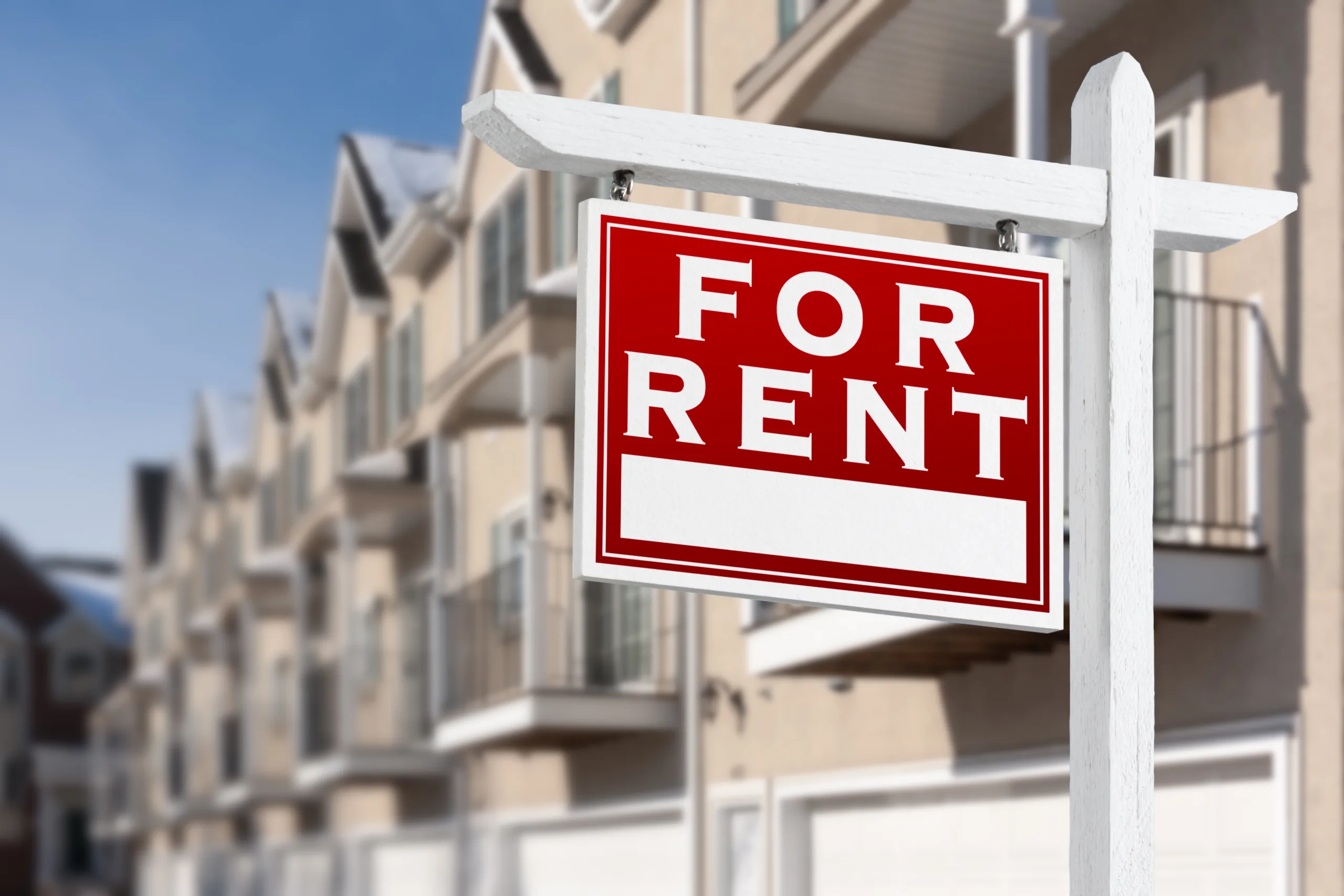- CRE return dispersion is at its highest since the 1980s, driven by interest rates, inflation, and supply-demand imbalances.
- Industrial, data centers, and senior housing are outperforming, while office assets continue to underdeliver.
- Investors targeting discounted, in-demand assets in constrained markets stand to see outsized returns.
- DKCM predicts this trend of sector divergence will persist through 2030, fueled by macroeconomic shifts and technology demand.
A Divided Market
Commercial real estate is becoming increasingly polarized. While some asset classes benefit from tight supply and surging demand, others, especially offices, are falling further behind, per Bisnow.
According to a new white paper from Davidson Kempner Capital Management (DKCM), the dispersion in returns across sectors and markets has reached levels not seen since the 1980s.
Sector Standouts
Industrial properties, self-storage, senior housing, and data centers are seeing strong rent growth and investor demand. DKCM notes that returns on industrial assets are up 12% over the past five years, while office returns have dropped 4%. Even within sectors, regional variation is sharp, industrial assets in California’s Inland Empire saw a 15% return increase, compared to 9% in Chicago.
Structural Reset
The market correction that began in 2022 with rising interest rates has triggered what DKCM calls a “structural reset.” Development has slowed due to elevated construction and borrowing costs, creating favorable conditions for existing assets in supply-constrained, high-demand locations.
Rate Pressure Builds
Higher borrowing costs and persistent inflation mean the “higher for longer” rate environment is likely here to stay. Combined with macro factors like labor shortages, reshoring trends, and global trade disruptions, DKCM says CRE performance will continue to fragment, benefiting resilient sectors and hurting laggards.
Capital Follows Strength
The growing clarity around sector winners is directing investor capital accordingly. Cap rate spreads are narrowing for top-performing properties, while underperforming assets struggle to find a floor. DKCM projects the divergence to not only persist but widen in coming years.
Tech-Led Growth
Data centers stand out as a future growth engine. Demand is six times higher than it was in 2021, thanks to AI, cloud infrastructure, and LLM development. DKCM predicts data center demand could triple again by 2030, with limited capital availability being the main constraint, not demand.
Next Moves
Investors nimble enough to acquire discounted assets in high-demand markets may achieve excess returns. Publicly traded REITs are already targeting sectors like senior housing and industrial, anticipating value recovery and future growth.
As DKCM’s Josh Morris puts it: “In a higher-interest-rate environment, complexity rises to the surface and creates more situations where you’re able to buy assets below as-is value.”
Get Smarter about what matters in CRE
Stay ahead of trends in commercial real estate with CRE Daily – the free newsletter delivering everything you need to start your day in just 5-minutes

















